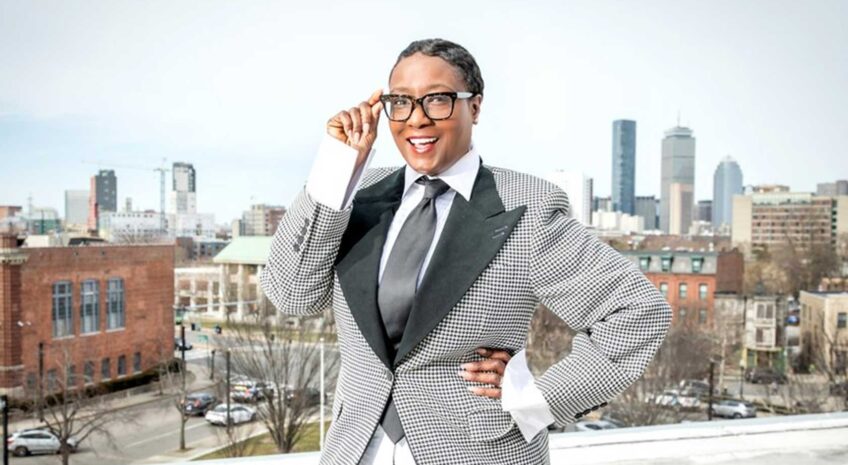Diversity – No longer a feel-good tactic
Diversity is crucial to doing business in today's society

There was a time when diversity in the workplace was at best an afterthought and at worst, little more than a feel-good tactic.
Today there’s a growing awareness that diversity is a business imperative. It is critical for a company’s ability to innovate and adapt in a constantly-changing, multicultural, global business environment.
In the last several years a body of scholarship has demonstrated that diversity brings different perspectives, experiences, cultures, genders and age to bear on businesses: Harvard Business School released a study that found multicultural networks promote creativity; McKinsey concluded that companies with diverse executive leadership make more money and provide a better return to shareholders; and a Forbes study highlighted workforce diversity as a key factor of innovation and business growth.
The Forbes study in particular brought to light the correlation between diversity and innovation and success, closing the loop on the true value of diversity.
In talking to over 300 senior executives from all over the world, at companies ranging in size from $500 million to $20 billion, Forbes’ study showed that many of the world’s biggest companies no longer view diversity efforts as separate from their other business practices and recognize that a diverse workforce can set them apart from the competition and help capture new customers.
Some of the more interesting findings that the study revealed are:
- Most executives said plans need to be in place to recruit, develop and retain a diverse workforce, and that doing so would only be possible with an established diverse and inclusive workforce already in place.
- Nearly all executives reported their companies have diversity and inclusion strategies in place.
- Diversity goals are not likely to change and will remain focused on retention, workforce diversity in general, developing a pipeline of diverse talent and managing cross-generational issues.
- Seven out of ten executives believe that responsibility for the success of a company’s diversity efforts lies with senior management.
- Executives feel they have made better progress in gender diversity, but feel they have fallen short in areas such as disability and age.
While the Forbes study shows just how far the world’s biggest companies have come in embracing diversity, executives stress that diversity is a mentality not just a strategic imperative.
Nancy Stager, executive vice president of human resources at Eastern Bank, said diversity is highly integrated throughout the Boston-based firm, which has 100 branches in the region with $9.5 billion in assets.
“It is not, let’s just do this because it is nice. It is a necessary piece of our business, so we need to do it,” she said.
Understanding challenges
Eastern Bank places importance on diversity because its leaders believe, as a bank that has branches in many of the underserved communities in Boston and the surrounding area, that diversity in its workplace helps them understand the challenges facing the communities the bank serves and in doing so is better able to provide resources to them.
In fact, Stager stressed that Eastern Bank would not be able to do business the way it does without its diversity.
“We need staff that reflects the communities we serve, across the bank,” she said. “People want to have a relationship with someone they know and trust.”
At Eastern Bank, women make up 69 percent of the bank’s total workforce, including 48 percent of the bank’s officer staff. Minorities make up 20 percent of the total employees and there are 50 languages spoken by workers at the bank.
Like many of the executives Forbes interviewed for its study, Stager points to the importance of hiring and employee retention. Attracting the top diverse talent is not easy and requires groundwork, which Eastern Bank has been trying to do for years.
“The most important thing is to have a strong reputation as an employer of choice,” Stager said.
Companies also have to deliver on promises about a diverse workplace or risk losing exactly the kind of employees they are hoping to retain the most.
“You have to be able to walk that talk or people will leave right away,” added Stager.
Holding networking events and building relationships with professional groups also helps Eastern Bank connect with the kind of diverse talent it needs to hire to continue to ensure that the diverse backgrounds and perspectives of its employees remains a competitive strength.
Advocacy organization 2020 Women on Boards, which is running a national campaign to increase the percentage of women on U.S. company boards to 20 percent by the year 2020, does see the issue as a moral imperative, but it also uses the rhetoric that touts diversity as a business advantage.
“In a global economy we want our companies to be competitive and make smart decisions, and the more voices there are in the deliberation of those decisions the better the decision making will be. You can’t just ignore the voice of 50 percent of the population,” said Malli Gero, co-founder and president of Jamaica Plain-based 2020 Women on Boards.
She discredits the old methods of doing business in which most executives were men who only worked with men of similar ilk.
Though the 2020 Women on Boards campaign is targeting the biggest businesses and working its way down, Gero has less concern for the top-end companies — reflecting the research that finds they understand the diversity necessity. Her worry is for small businesses.
Big companies have the money and connections to find women employees and also are more likely to have them accept job offers. Small companies just don’t have the resources to attract top businesswomen.
“Smaller companies are behind on this as a group,” Gero said. “They are not saying no to women, it is just hard to find women for the job.”
According Gero, 2020 Women on Boards zero in on smaller companies in the next five years of its campaign.
“We are working on building a pipeline of qualified women in the business communities in smaller cities, because that is where we are seeing the most difficulty,” she said.
Gero’s points suggest that diversity is coming home to small businesses as a major competitive factor as well.
It’s clear that building a diverse workforce requires inclusion from the beginning, as business processes are built from the ground up. In this, small businesses have the advantage because, even if diverse talent is harder to come by, it only takes a small diverse team to help instill diversity into the fabric of growing company and make it that much more competitive for years to come.






